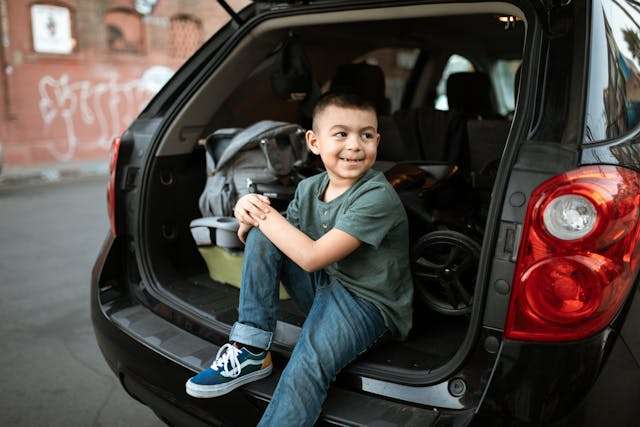
There are few moments in parenting that can trigger a cleaning frenzy quite like a head lice diagnosis. The moment you confirm that your child has lice, your mind immediately creates a mental map of every single surface they have touched in the last week. The sofa, the bedding, the stuffed animals, and, of course, the family car can suddenly seem like a massive contamination zone.
But before you break out the heavy-duty cleaners and the hazmat suit for your car’s interior, take a deep breath. The truth is, your car is a very low-risk area for lice transmission. The single most important step you can take is to get a fast and effective lice treatment for your child’s head. Once the source of the infestation is handled professionally, cleaning the car is a simple and targeted process, not a major undertaking.
Here is a calm, realistic, and science-based guide to cleaning your car after a lice outbreak.
Understand the Science
A huge amount of the anxiety surrounding lice comes from a misunderstanding of how they actually live and spread. Arming yourself with the facts is the best way to lower your stress.
- Lice are human parasites. They need the warmth and the blood from a human scalp to survive. They cannot live for more than 24-48 hours off of a human host.
- Lice cannot fly or jump. They can only crawl. This means they are primarily spread through direct, head-to-head contact.
- Their feet are designed to grip human hair. They have a very difficult time moving around on smooth surfaces like leather, vinyl, or plastic.
Focus on the Car Seat
The one and only area in your car that requires your immediate attention is your child’s car seat or booster seat. The fabric headrest is the one surface that has had prolonged, direct contact with your child’s hair.
The Simple Solution:
- Remove the fabric cover from the car seat.
- Wash and dry it on the highest heat setting. The high heat of a dryer is what will kill any potential lice or nits.
- If the cover cannot be removed, use a vacuum with a hose and a crevice tool to thoroughly vacuum the entire car seat, paying special attention to the headrest area.
Give It a Quick Vacuum
For your own peace of mind, a quick and targeted vacuuming of your car’s interior is a good idea. You do not need to have your car professionally detailed.
Using a vacuum with a hose attachment, simply do a thorough vacuuming of the headrests of the specific seats where the infested person has been sitting. That’s it. This is a simple, five-minute precautionary measure.
What You DO NOT Need to Do
This is the most important, stress-reducing part of this guide. There are a number of common, panic-driven reactions that are completely unnecessary, ineffective, and can even be hazardous.
- You DO NOT need to use a chemical fogger or a pesticide spray inside your car. These products are not effective against lice, and they can release toxic fumes that are a dangerous respiratory irritant for your family.
- You DO NOT need to have your car professionally deep-cleaned or detailed. A simple, targeted vacuuming is more than sufficient.
- You DO NOT need to worry about the floor mats, the dashboard, or the leather seats. A louse that has fallen onto one of these surfaces is far from its food source and is not a significant threat.
When you’re dealing with head lice, it’s easy to get overwhelmed by a long and stressful list of cleaning chores. By understanding the science of how lice actually live and spread, you can save yourself a huge amount of time, money, and anxiety. Focus your energy on the one thing that truly matters: getting a fast, effective, and professional treatment for your child’s head.